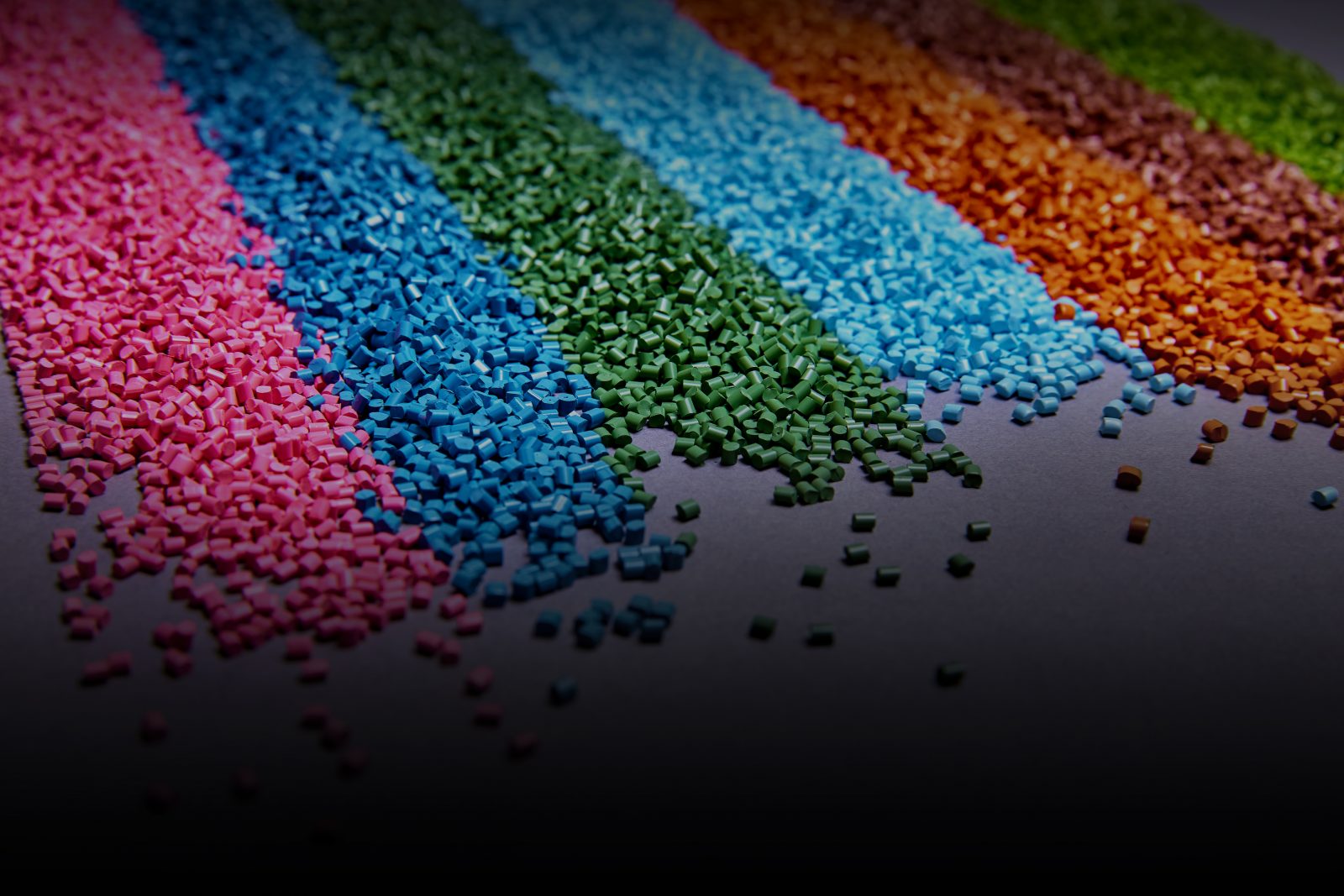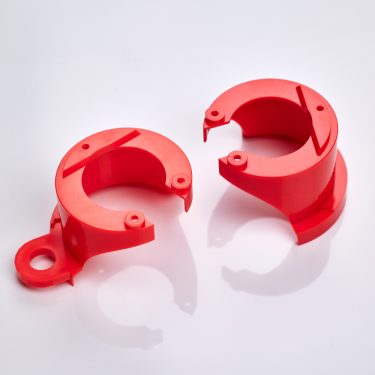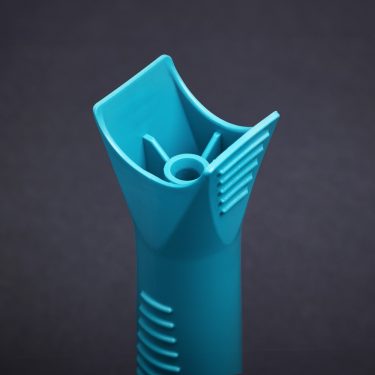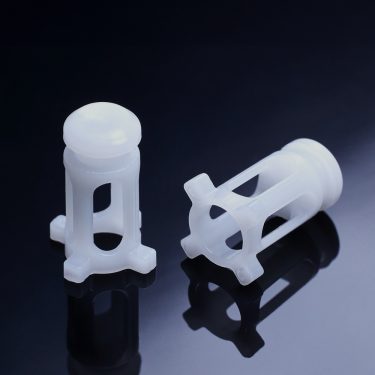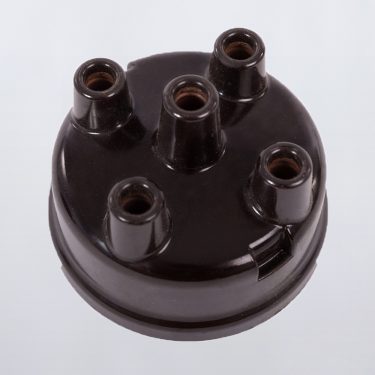Good chemical resistance (excluding solvents).
Easily paintable, printable, and suitable for galvanization.
High dimensional stability.
Good temperature change resistance.
High surface quality achievable.
Tensile modulus (Young's modulus): approximately 2500 MPa
Notch impact toughness: approximately 8 - 50 kJ/m²
Where is ABS used?
ABS (Acrylonitrile Butadiene Styrene) is a widely used thermoplastic polymer that is often used in injection molding. This is due to its excellent mechanical properties, durability, good chemical resistance, and ease of processing. Here are some typical applications for ABS in injection molding:
- Automotive Industry: ABS is used in the automotive industry for various parts, including bumpers, dashboards, door panels, interior trim, and handles.
- Electronics: ABS enclosures are often used for electronic devices such as computers, printers, televisions, and household appliances.
- Household Appliances: ABS is used in the manufacturing of household appliances like coffee makers, vacuum cleaners, washing machines, and microwaves.
- Medical Devices: ABS is used in the production of medical devices and equipment, including housings for medical instruments and laboratory equipment.
- Toys: Due to its safety, durability, and ability to be easily colored, ABS is frequently used in the manufacture of toys.
- Construction: ABS is used for various construction products such as pipes, fittings, and cladding.
- Sports and Leisure Products: ABS is used to make helmets, protective gear, kayaks, and other sports and leisure products.
- Office Equipment: ABS can be used to make office furniture, enclosures for office equipment, and computer accessories.
- Packaging: ABS is also used for the production of packaging materials and containers.
In these applications, ABS offers a good balance of strength, stiffness, and formability, making it a versatile choice for injection molding applications.
THE ADVANTAGES OF ABS:
- Stability and Durability: ABS is a tough material with high impact resistance, making it useful for applications where durability is essential, such as in the automotive and electronics industries.
- Good Chemical Resistance: ABS is resistant to many chemical influences, including acids, alkalis, and other chemicals, making it suitable for applications where contact with various substances may occur.
- Formability: ABS is easily processed and can be injection-molded into various shapes and sizes. It retains its shape well at high temperatures, making it ideal for injection molding processes.
- Surface Finishing: ABS can be easily painted, printed, and bonded, allowing ABS parts to be customized and decorated as needed.
- Temperature Resistance: ABS can tolerate temperatures in the medium to high range without compromising its structural properties, making it suitable for applications in variable temperature environments.
- Electrical Insulation: ABS has good electrical insulation properties, making it a common choice for electronic enclosures and components to protect electrical components.
- Lightweight: Although ABS is robust, it is relatively lightweight compared to some other plastics, making it a good choice for weight-sensitive applications, such as in aviation and transportation.
- Recycling: ABS can be recycled, improving its environmental friendliness and contributing to waste reduction.
- Good Surface Quality: ABS has the ability to produce smooth surfaces, making it suitable for parts where an aesthetically pleasing surface is required.
Overall, the advantages of ABS are the reasons why it is widely used in a broad range of applications in various industries. Please note that all information is provided as approximate values, and it is important to refer to the manufacturer’s datasheet for specific applications.
